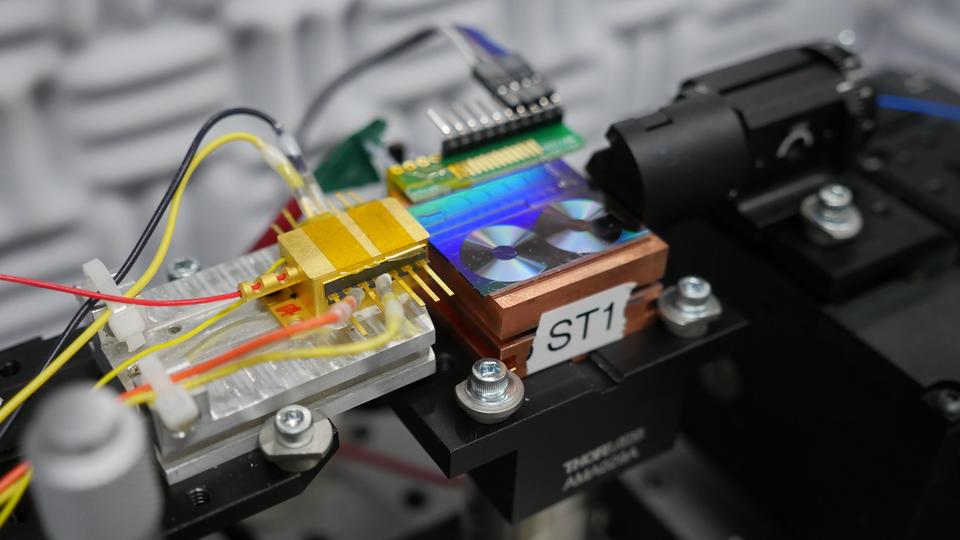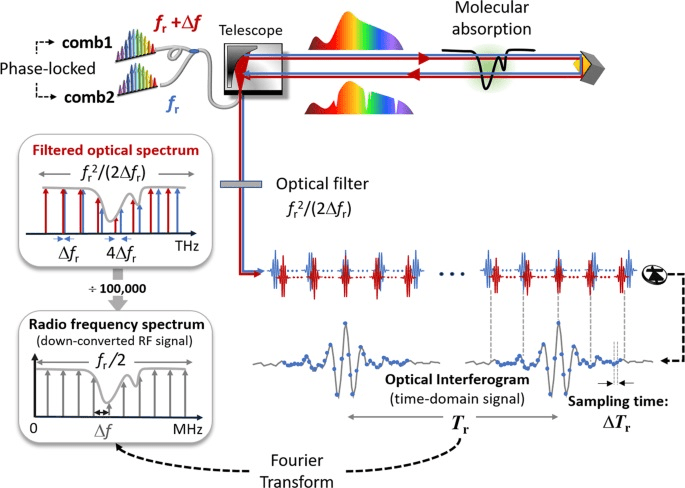Compact Chips Advance Precision Timing for Communications, Navigation and Other Applications
Shrinking Technology, Expanding Horizons: Complete Article
National Institute of Standards and Technology, Boulder, CO, USA
Department of Physics, University of Colorado Boulder, Boulder, CO, USA
Abstract: Numerous modern technologies are reliant on the low-phase noise and exquisite timing stability of microwave signals. Substantial progress has been made in the field of microwave photonics, whereby low-noise microwave signals are generated by the down-conversion of ultrastable optical references using a frequency comb1,2,3. Such systems, however, are constructed with bulk or fibre optics and are difficult to further reduce in size and power consumption. In this work we address this challenge by leveraging advances in integrated photonics to demonstrate low-noise microwave generation via two-point optical frequency division4,5. Narrow-linewidth self-injection-locked integrated lasers6,7 are stabilized to a miniature Fabry–Pérot cavity8, and the frequency gap between the lasers is divided with an efficient dark soliton frequency comb9. The stabilized output of the microcomb is photodetected to produce a microwave signal at 20 GHz with phase noise of −96 dBc Hz−1 at 100 Hz offset frequency that decreases to −135 dBc Hz−1 at 10 kHz offset—values that are unprecedented for an integrated photonic system. All photonic components can be heterogeneously integrated on a single chip, providing a significant advance for the application of photonics to high-precision navigation, communication and timing systems.










